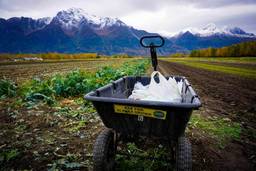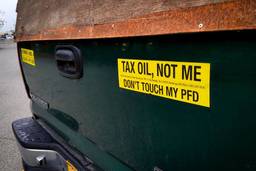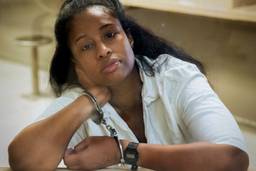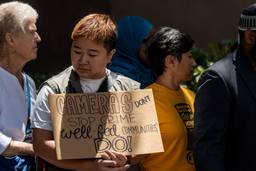Why Alaska Native Villages Were Quick To Self-Isolate
Scarred by a legacy of colonial diseases, Alaska tribes quickly cut off the outside world.
Yereth Rosen
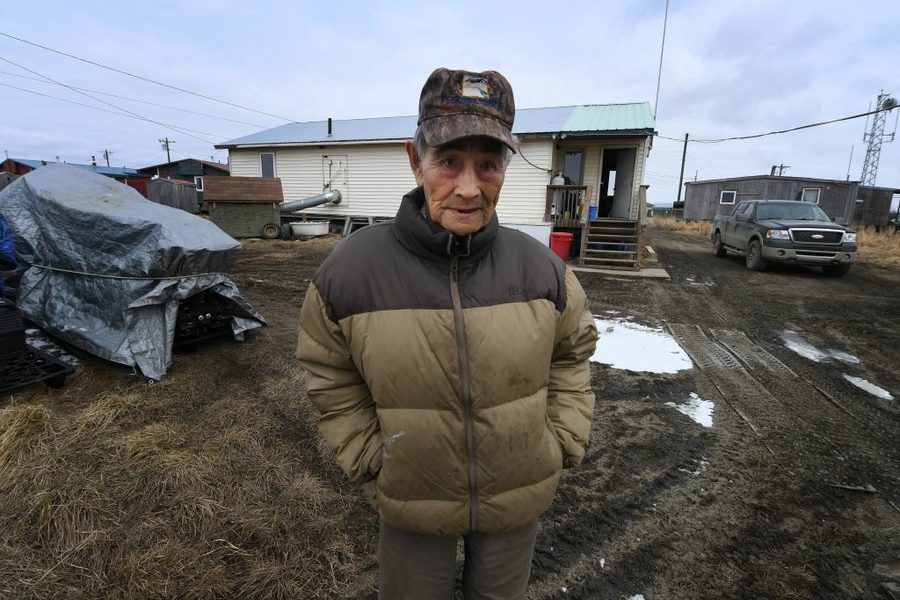
ANCHORAGE, ALASKA — For Patricia Cochran, family history cannot be separated from past pandemics. An Inupiat who grew up in the city of Nome on the Bering Sea, Cochran remembers her mother’s harrowing childhood stories of the Spanish flu. It was a time shadowed by death, when bodies wrapped in sheets were carted away to a mass grave. The pandemic devastated the region’s Native population in 1918 and 1919, ravaging villages and killing almost all of Cochran’s mother’s family.
Cochran, executive director of the Alaska Native Science Commission, says she shares her mother’s experience to teach a lesson for the COVID-19 era. “Our tenacity, ingenuity and spirit has sustained us over centuries. We will get through this.”
Valerie Nurr’araaluk Davidson, a Yup’ik from southwestern Alaska, has a similar family history with diseases. Her grandmother had nine children; five died. “The four who lived are all really good hand-washers,” says Davidson, a former commissioner of the Alaska Department of Health and Social Services who will become president of Alaska Pacific University in late April.
Now, past suffering of Alaska’s native people is shaping emergency actions that aim to prevent the spread of the coronavirus. In tiny villages and across the sprawling North Slope Borough, authorities acted early to enact some of the nation’s toughest travel limits. The borough, for example, barred entry to its eight communities for everyone but individuals with special waivers. There is a practical reason for the restriction — the limits of local health facilities — but history also plays a role.
“In the past, our people and culture experienced similar threats to our health and lives,” North Slope Borough Mayor Harry K. Brower Jr. noted in his emergency order, issued March 18. “Our elders remember the loss of nearly an entire generation, and we must act now, out of an abundance of caution, to avoid a regional pandemic and loss of life.”
Kasigluk, a Yup’ik village of about 550 in southwestern Alaska, suspended all travel into and out of the community March 20. Grayling, an Athabascan village on the Yukon River, announced the same policy a few days earlier. Anyone who leaves is not allowed to return for 30 days and must be screened for COVID-19 before entry. In Unalakleet, an Inupiat village on the Bering Sea coast that has imposed its own sweeping travel ban, tribal officials are urging hunters to stay away from other villages. On March 27, Gov. Mike Dunleavy ordered a halt to all nonessential intrastate travel, but stopped short of villages’ more aggressive restrictions.
As of March 29, Alaska had 114 confirmed COVID-19 cases, but none were in the state’s rural western region or North Slope Borough.
Villages first began restrictions during this year’s Iditarod Trail Sled Dog Race, which began March 7. Villages along the trail isolated race checkpoints as mushers passed. These communities “absolutely love the Iditarod,” Cochran says. But “we’re not really willing to have outsiders come into the villages.”
Nome is now under an emergency order requiring anyone who enters the city to self-quarantine for 14 days. The order makes explicit reference to the Spanish flu pandemic that took the lives of Cochran’s relatives. “Some of the young Native Alaskans look at it as almost a genocide,” says Nome City Manager Glenn Steckman.
From the earliest days of European contact, newly introduced diseases wiped out large segments of the indigenous population. In the 1830s, smallpox killed a quarter to two-thirds of village residents around the state. A combination of disease and famine wiped out all but two villages on St. Lawrence Island between 1878 and 1880. Measles, mumps and imprecisely recorded illnesses like “contagious rotting fever” each took their toll as well.
Vulnerability to communicable diseases stems in part from inadequate water and wastewater services and overcrowded living spaces. In Alaska, rural Native children are hospitalized for respiratory syncytial virus at rates five times the national rate. The state has one of the nation’s highest per capita tuberculosis caseloads.
With about a quarter of rural Alaska households lacking adequate sanitation, Davidson says, it can be challenging to do the kind of handwashing that her family members practiced. “It requires melting snow and melting ice and heating it on the stove,” she says.
Davidson hopes the COVID-19 crisis will ultimately spur across-the-board public health improvements — including the modernization of water and wastewater systems in remote regions of Alaska. “Once in a while,” she says, “the world changes in a way that makes us take stock of where we’ve been, where we are and where we’re going.”


